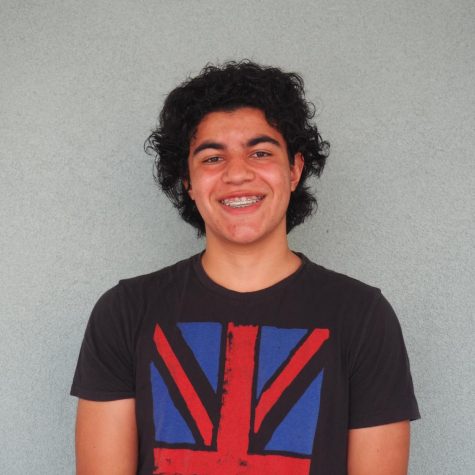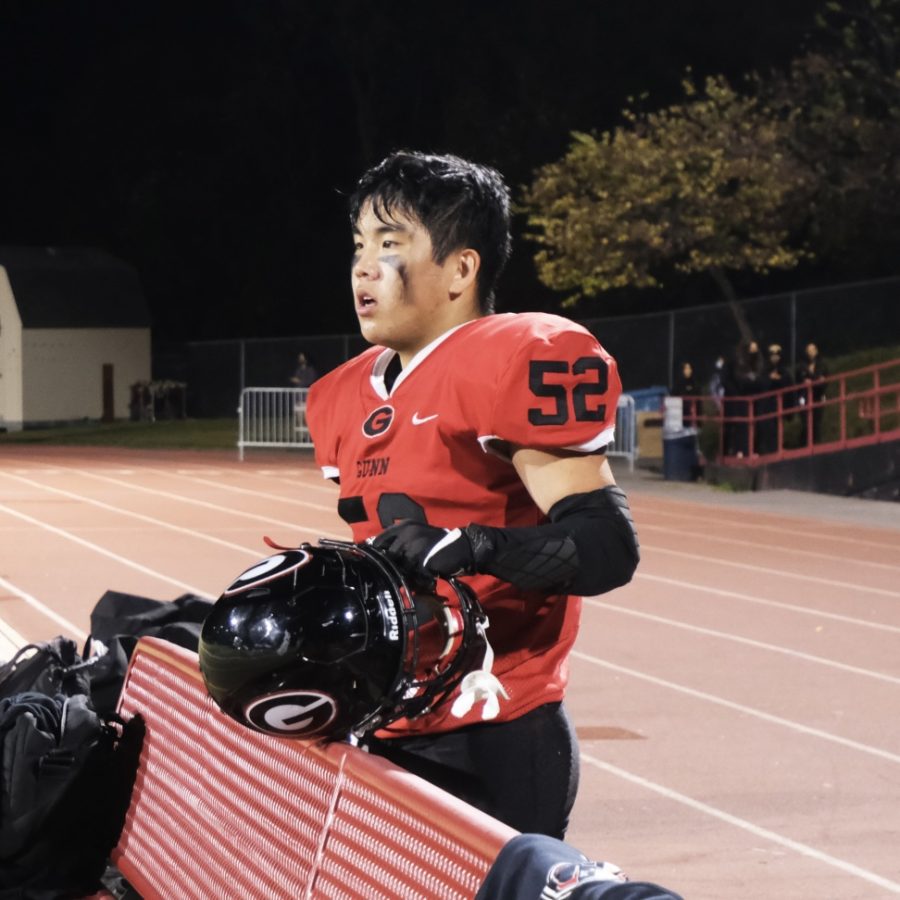Student athletes undergo recruitment process throughout high school
As October rolls around, seniors are either starting or in the middle of preparing for what comes after high school. Options like going to college, joining the workforce, taking a gap year or other options are being considered. However, the path for prospective athletes applying to universities is different from the traditional high school student.
Colleges usually start scouting athletes way before senior year, according to Stanford Associate Athletic Director Mike Eubanks who is the coordinator for all recruiting activities at Stanford University. “High school athletes recruitment could start anywhere from 10th to 12th grade,” Eubanks said. “It depends on what their playing time opportunity, physical maturation and their visibility has been through high school.”
Of course, there are restrictions on how soon colleges can start communicating with high school athletes and how soon they can sign athletes, according to senior Aubrey Cantrell, a swimmer who has competed since she was three years old. “Junior year is when they can reach out to you, which is a National Collegiate Athletic Association (NCAA) rule,” she said. “Before that, you aren’t allowed to talk to coaches about recruiting. You can’t call them and they can’t call you.”
However, Eubanks added that even with the NCAA’s restrictions, technology and videos have made evaluating athletes and their abilities a much faster and easier process. The introduction of video technology has given colleges the avenue to explore the potential of all athletes, including athletes from smaller towns. “A lot more kids get a chance to play in college because they can be
seen and they can be found,” he said. “You don’t have to be on a name-brand high school team for someone to see you.”
In an orthodox setting, coaches would alert freshman players that recruitment was an option for college. However, with COVID-19, the process has been prolonged for most athletes, including senior Shauntel Lim, a diver who has been competing for the past nine years. “[Recruiting] was very different compared to years past,” she said. “Normally, you would exchange statistics, then
they would offer you trips to campus, which includes five official visits and then you commit in the fall, but with COVID-19, obviously, it has been different.”
COVID-19 has easily made the recruitment process much more difficult, with emails and zoom meetings having to happen more frequently instead of other types of personalized interactions between college and athlete. “It was basically just emailing updates, back and forth for like a year,” Lim said.
Cantrell also echoed a similar narrative about the impacts of COVID-19. However, some schools have reinstituted in-person visits, beginning the transition back to normalcy. “It’s different because of COVID-19 but I just had a visit last weekend,” Cantrell said. “They bring you on campus, introduce you to the team and you get to see the facility. You get to shadow a student athlete and get a day in the life.”
Traditionally, the recruitment process for students doesn’t truly kick off until the summer of junior year. However, colleges will have been looking at prospective athletes far before that year. “Typically, there’s an evaluation during or at the end of that sophomore season,” Eubanks said. “The process is cyclic. There are opportunities during the offseason like camps and games. Then, you are back to the fall again, and now they have junior year film.”
As evaluations and academic reports start to build up, athletes will communicate more with schools. “Communication between athletes and colleges can be mailers, direct messages, text messages, or emails,” Eubanks said. “Phone calls and verbal communication come later down the line, but that stuff starts in earnest around the fall.”
The next step would be visiting the school. For sports, this could mean visiting the university campus, shadow-
ing the practices or going to games. The objective for the college is to determine whether the athlete is a good fit for the team. “If the interest is mutual, then that culminates in the recruit coming to the campus to make a visit,” Eubanks said. “In the offseason, I think that the visits and tours become more robust because there is more time for both parties.”
The final step would be verbal confirmations and exchanging signatures, but those steps are personalized to each individual athlete and how the college wishes to inform them of their interest. “At the end of the day, everyone signs in December at the same time,” Eubank said.“If it is an efficient market, [you hope] that kids are getting the opportunities they deserve and that coaches are getting the right players.”
Your donation will support the student journalists of Henry M. Gunn High School. Your contribution will allow us to purchase equipment and cover our annual website hosting costs.

Senior Cole Ford is a reporter for The Oracle 2021-2022. When he's not doing work, you can find him watching anime, listening to music or hanging out with...


